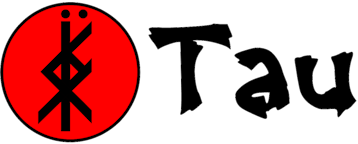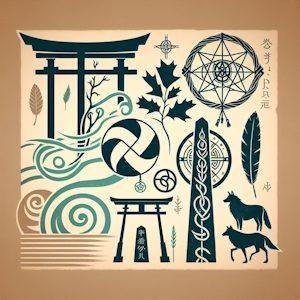Understanding the Core Beliefs, Key Figures, and Divergences
Animism, the belief that all living entities—and sometimes even inanimate objects—possess a spirit or soul, is one of humanity’s oldest spiritual frameworks. It forms the foundation of various indigenous and traditional practices across the globe, including Shinto in Japan, the Druidic revival in Europe, and the spiritual traditions of many North American Indigenous peoples. This article explores these three practices, focusing on their historical roots, their modern expression, and the similarities and differences among them.
Shinto
Originating in Japan, Shinto is a deeply animistic tradition that emphasizes reverence for nature, ancestors, and kami—spiritual beings or deities that inhabit all things. Shinto has no single founder or canonical text, but it is characterized by rituals and practices that connect people to the natural world and their cultural heritage.
A pivotal figure in modern Shinto scholarship is Motoori Norinaga, an 18th-century Japanese scholar. Motoori argued in his writings, particularly in *”Kojikiden”*, that Shinto’s animistic beliefs are rooted in the *Kojiki* (Record of Ancient Matters), Japan’s oldest chronicle. He famously declared, “The kami are not separate from the natural order but are woven into its very fabric,” illustrating the intimate connection between Shinto and nature.
Shinto ritual often involves purification, offerings to kami at shrines, and seasonal festivals that align with the agricultural calendar. Its practices highlight the interrelation between human life, the natural environment, and the spiritual realm.


